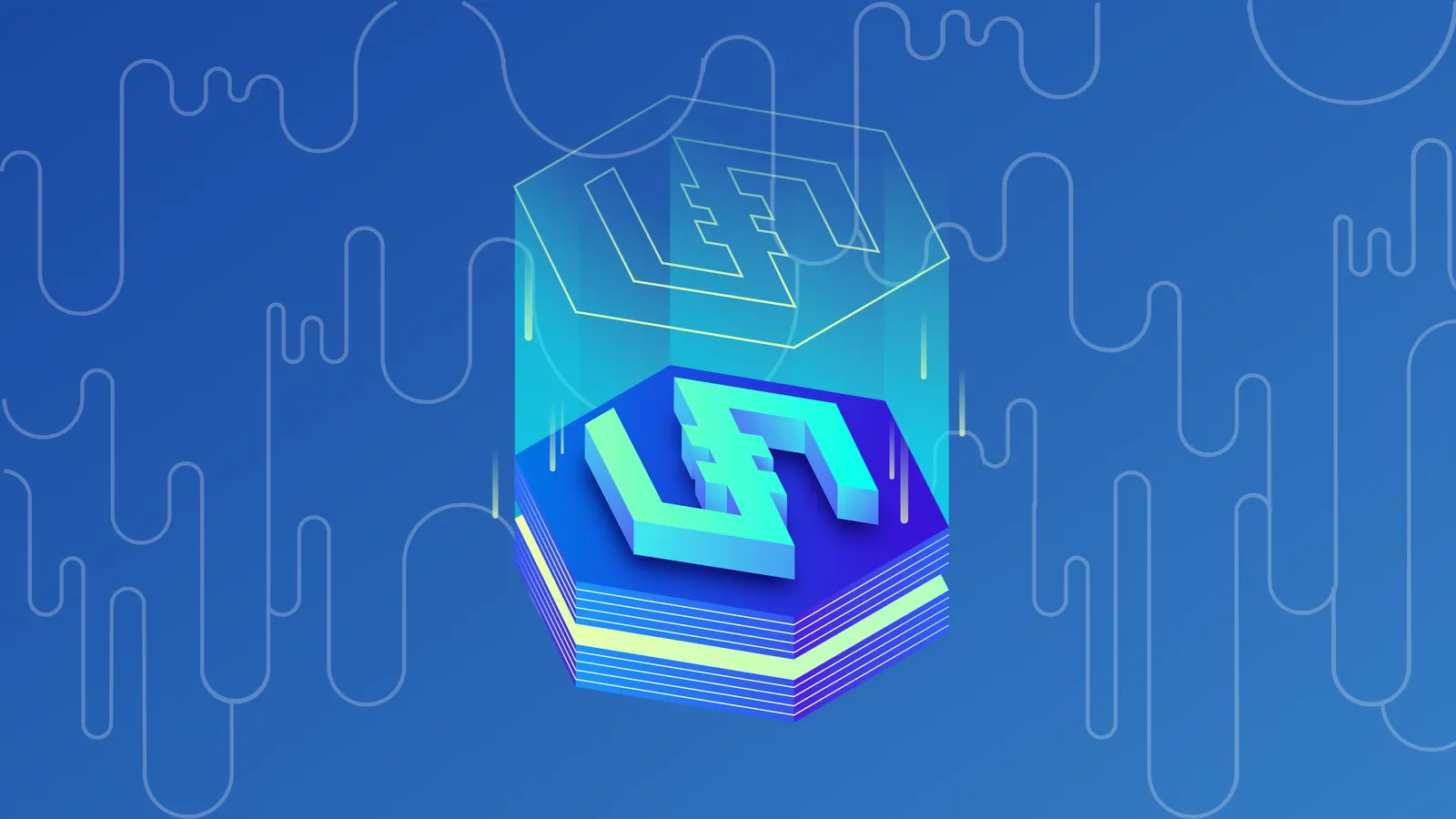If blockchains want to be able to host mainstream applications that hundreds of millions of people use on a regular basis, they will have to be able to handle millions of transactions quickly and securely. This is where the Internet of Services Token (IOST) blockchain comes in. The team is creating a blockchain that can handle real usage and real volume. Learn why IOST is contending to be the prime destination for the future world of dapps.
What is IOST?
IOST is its own fully-fledged blockchain network and ecosystem with its own nodes, wallets, and consensus protocol. Speed is the name of the game for IOST, a blockchain dedicated to being “ultra-fast” through a combination of unique technologies such as Proof of Believability (POB) and Efficient Distributed Sharding (EDS)–more on these later.
Who Invented IOST?
IOST was founded by Jimmy Zhong, Terrence Wang, Justin Li, Ray Xiao, Sa Wang, and Kevin Tan who are alumni of some of the world's most prestigious universities and companies in the world.
Did you know?
The IOST ecosystem has a $50 million incubator and accelerator called Bluehill. Bluehill is designed to be similar to Ethereum’s
ConsenSys with the goal of supporting critical infrastructure and projects that will help grow the IOST ecosystem.
A brief history
- Early 2017 – Development of IOST is started
- January 2018 – IOST token sale raises over $31 million
- February 2019 – The IOST mainnet called Olympus v1.0 is live
- May 2019 – IOST releases OnBlock a web-based platform that will allow anyone to interact with decentralized applications on IOST's network, just by using an email address or mobile phone number to log in.
What’s so special about it?
Understanding IOST means comparing it to its nearest competitors; Ethereum, the most popular smart contract platform for developers, and EOS and TRON, highly scalable smart contract platforms with high usage. The biggest differentiator is that IOST claims to be able to process up to 100,000 transactions per second compared to Ethereum’s 20, Tron’s 2,000, and EOS’s 4,000.
To reach these transaction speeds that far surpass the competition, the IOST team has created a novel blockchain architecture, which introduces and combines several innovations including Distributed Randomness Protocol, Efficient Distributed Sharding, TransEpoch, Atomix, Proof-of-Believability, and Micro State Blocks.
Did you know?
Like the
ERC20 standard on Ethereum, the IOST platform has its own token standard for implementing tokens on the IOST blockchain called IRC20.
What else is different?
Servi or Partner Nodes produce blocks for the IOST blockchain and these nodes are selected via votes from the IOST community. Both voters and those selected as nodes are rewarded with tokens. Organizations or individuals interested in becoming a node must apply and receive at least 2,100,000 votes.
How is IOST produced?
There is a total supply of 21 billion tokens in the IOST blockchain and the system issues 2% more tokens every year to reward official nodes, partner nodes, and voters. An additional 1% of tokens are designated to reward those who help further grow and develop the IOST ecosystem.
How do you get hold of IOST?
Originally the IOST token was an ERC20 token that was sold during the ICO, but since the launch of the IOST mainnet, holders have been able to swap their old ERC20 tokens for the new IOST mainnet tokens. IOST tokens can be purchased on major exchanges like Huobi and Binance, which support automatic token swapping from the old to new tokens.
What can you do with IOST?
The IOST token can be used for payments between users and services, transaction fees for using the system, and as part of the “believability scores” that is unique to the IOST platform.
The Future
IOST has a high number of dapps and dapp users, which is very impressive considering that it is a still a relatively new blockchain compared to the others in the “Big 4”. Gambling, games, and exchanges are the most popular IOST dapps at the moment. The team has big ambitions of bringing in over 100 million users in 2019 and to do this they will need to continue increasing dapp and dapp usage as well as increase their partnerships with different organizations. They will continue partnering with more exchanges and bringing in more developers and nodes into their ecosystem in order to create the “world’s first scalable AND decentralized blockchain project.”


